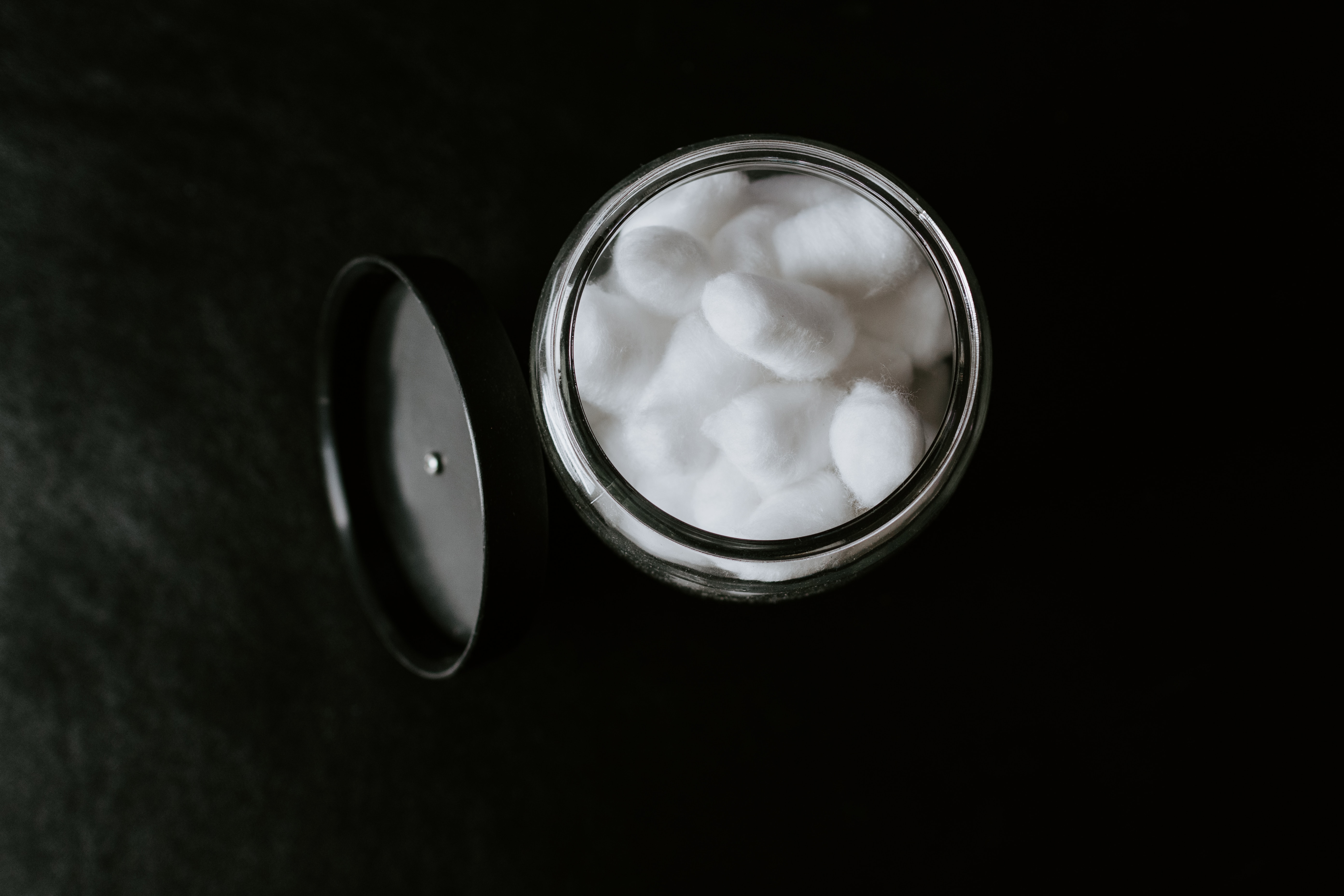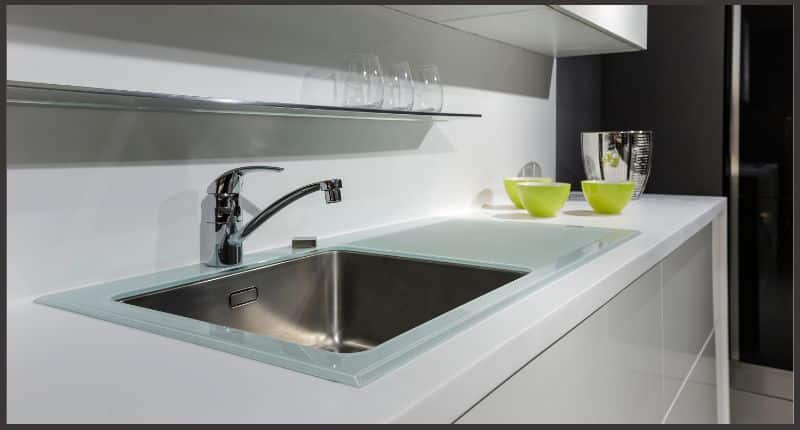Welcome to our guide on how to clean bakeware! Whether you’re an avid baker or simply enjoy whipping up delicious treats occasionally, keeping your bakeware clean is an essential part of maintaining its quality and longevity. With the right techniques and a little bit of effort, you can easily remove stubborn grease, baked-on grime, and burnt residue from your baking pans, sheets, and molds. In this guide, we will provide you with step-by-step instructions and helpful tips to ensure that your bakeware sparkles like new after each use. So, let’s dive in and discover the secrets to effectively clean and care for your beloved bakeware!
Table of Contents
How to Clean Bakeware: A Guide to Effortless Cleaning
Introduction
Are you tired of scrubbing endlessly to remove stubborn stains and grease from your bakeware? It can be frustrating when you put so much effort into baking a delicious treat, only to have the aftermath leave you with a sink full of dirty pans and dishes. Fear not, because in this comprehensive guide, we will show you how to clean your bakeware with ease and efficiency.
Whether it’s your favorite cookie sheet, cake pan, or muffin tin, proper cleaning methods can prolong the lifespan of your bakeware and ensure it looks brand new every time you use it. So, let’s dive into the world of bakeware cleaning and discover the tips and tricks that will make your cleaning routine a breeze.
1. Pre-treating Stains
Stains from baked-on food can be one of the toughest challenges when it comes to cleaning bakeware. Before you even start scrubbing, try pre-treating the stains to make your job a whole lot easier. Here’s how:
– Start by scraping off any excess food debris using a rubber spatula or a plastic scraper. Be gentle to avoid scratching the surface of your bakeware.
– For stubborn stains, create a paste by mixing equal parts baking soda and water. Apply the paste to the stained areas and let it sit for at least 30 minutes. The baking soda will work its magic and loosen up the stuck-on grime.
– After the waiting time, use a non-abrasive sponge or cloth to scrub the stained areas. The combination of baking soda and water should have softened the stains, making them easier to remove.
2. The Power of Baking Soda and Vinegar
When it comes to natural cleaning agents, baking soda and vinegar are a dynamic duo. They are not only effective but also safe to use on most types of bakeware. Here’s how you can harness their power to clean your baking pans:
– For pans with tough grease stains, sprinkle baking soda generously over the surface. Then, pour a small amount of vinegar over the baking soda. The mixture will start to bubble, indicating that it’s working on breaking down the stains.
– Let the baking soda and vinegar mixture sit on the stained areas for about 15 minutes. During this time, the chemical reaction will help lift the grease and grime from the surface of your bakeware.
– After the waiting period, scrub the pan using a sponge or nylon brush, focusing on the stained areas. The combination of baking soda and vinegar should have loosened the stains, making them easier to remove.
– Rinse the pan thoroughly with warm water and dry it with a clean towel. You will be amazed at how shiny and stain-free your bakeware looks!
3. Dealing with Burnt-On Residue
We’ve all had that moment when a quick check in the oven turned into a crispy disaster. Burnt-on residue can be a real headache, but with the right approach, you can tackle it effectively. Here’s what you need to do:
– Fill the burnt pan with warm water and add a few tablespoons of dish soap. Let it soak for at least an hour or overnight, depending on the severity of the residue.
– After soaking, use a non-abrasive scrub brush or sponge to gently scrub away the burnt-on residue. If necessary, you can also use a plastic scraper to loosen any stubborn bits.
– For extra stubborn residue, try making a paste of cream of tartar and hydrogen peroxide. Apply the paste to the affected areas and let it sit for 30 minutes before scrubbing it off.
– Rinse the pan thoroughly with warm water and dry it before storing it away.
4. The Magic of Lemon
Lemon is not just a fabulous ingredient in your baked goods; it can also work wonders when it comes to cleaning your bakeware. Here are some lemon-based cleaning solutions you can try:
– For stained aluminum bakeware, cut a lemon in half and rub it over the surface. The acidity of the lemon will help remove stains and bring back the shine to your pans.
– To eliminate odors, especially from plastic or silicone bakeware, squeeze the juice of a lemon into the pan and add warm water. Let it sit for an hour or two, then rinse thoroughly.
– Lemon zest can be an excellent natural scrubber. Mix lemon zest with salt or baking soda to create a paste. Use this paste to scrub away stubborn stains on your bakeware.
5. The Importance of Proper Maintenance
Cleaning your bakeware after every use is essential, but there are also some maintenance tips that can keep your pans in tip-top shape for years to come. Here’s what you need to know:
– Avoid using metal utensils on non-stick bakeware as they can scratch the surface. Instead, opt for silicone, wooden, or plastic utensils that are gentle on the coating.
– Always let your bakeware cool down completely before attempting to clean it. Rapid temperature changes can damage the material and lead to warping.
– Never use harsh abrasives or steel wool on your bakeware, as they can scratch and damage the surface. Stick to non-abrasive sponges or brushes for cleaning.
– Store your bakeware properly to prevent scratches. Avoid stacking multiple pans together, as this can lead to scratches and dents.
Conclusion
Cleaning bakeware doesn’t have to be a daunting task anymore. With the right techniques and a little bit of elbow grease, you can keep your pans and dishes looking pristine. From pre-treating stains to harnessing the power of baking soda and vinegar, these tips and tricks will make the cleaning process effortless and efficient.
Remember, proper maintenance is key to the longevity of your bakeware, so don’t forget to follow the golden rules and enjoy hassle-free baking for years to come. Now it’s time to put these cleaning methods to the test and say goodbye to sticky, stained pans. Happy baking and happy cleaning!

Photo by Sarah Dorweiler on Unsplash
Additional Guide
Here are three related articles for cleaning bakeware:
1. Best Homemade Drain Cleaner: Simple Solutions for Clog-Free Drains – Discover effective homemade drain cleaners to keep your kitchen sink drain and other drains clog-free.
2. Best Way to Clean Kitchen Sink Drain: Discover Effective Techniques – Learn about the most efficient techniques to clean your kitchen sink drain and keep it fresh and odor-free.
3. Kitchen Sink Cleaning Tips: 6 Methods to Keep It Sparkling – Find out six effective methods to keep your kitchen sink sparkling clean, including tips for removing stains and maintaining a fresh sink.
By following these articles, you can not only learn about cleaning your bakeware but also gather some useful tips for maintaining a clean and functional kitchen.
FAQs: How to clean bakeware
1. How do I clean non-stick bakeware?
To clean non-stick bakeware, start by letting it cool completely after use. Then, hand wash it using warm water, a mild dish soap, and a soft sponge or cloth. Avoid using abrasive scrub brushes or harsh cleaning agents, as they can damage the non-stick coating. Rinse the bakeware thoroughly and dry it with a soft towel or allow it to air dry before storing.
2. What is the best way to remove stuck-on food from bakeware?
If you have stubborn, stuck-on food on your bakeware, you can start by soaking it in warm, soapy water for a few minutes. Then, use a non-abrasive scrub brush or sponge to gently scrub away the residue. For extra tough stains, you can create a paste of baking soda and water and apply it to the affected area. Let it sit for a while before scrubbing and rinsing.
3. Can I use metal utensils on all types of bakeware?
No, it is generally not recommended to use metal utensils on non-stick or silicone bakeware, as they can scratch or damage the surface. Instead, opt for nylon, silicone, or wooden utensils that are gentler on the bakeware. Metal utensils can be used safely on stainless steel or glass bakeware, but still take care to avoid scratching.
4. How do I remove rust from metal bakeware?
To remove rust from metal bakeware, you can create a paste using equal parts baking soda and water. Apply the paste to the rusted areas and let it sit for a few hours. Then, scrub the rusted spots with a non-abrasive sponge or brush. Rinse the bakeware thoroughly and dry it completely. To prevent future rusting, make sure to store the bakeware in a dry place.



